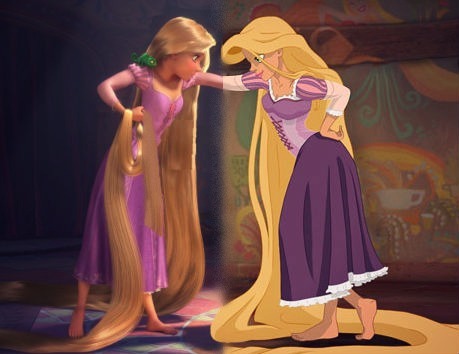The main point to consider, when considering the history our medium, is that the History of Design and Animation is a living thing that exists in the present, and exists within culture, and is constenty reflected from the point of views of the society of the time.
The Wolfman, for example (created in 1999) is a simplistic and rather crudely created 2D animation that exemplifies this notion as a wild and abstract animation created with real materials, when the aims of the industry at large were to push ever closer to photorealistic with 3D Technology.
Animation, is always determined by the animator. Their influences, styles and beliefs will always be a huge part of any animation, no matter the medium or for it's purpose.
Even two of the very first 'Traditional Animators' show this in their work, with the abstractist Emile Cohl producing work that is nonsensical and has a rebelious feel to it in both its production and its content; and Staurt Blackton creating an animation with very rigid methodologies and ideals, but also containing more coherient naratives.
These two 'approaches' to animation can be seen even today, with cartoons such as dipdap using subversions of the audiences' expectations by altering established scenery and its own rules to keep the movement and visuals within the animation fresh and flowing, rather than providing any consistent story telling .
Most contemporary, and especially 3D, animation, however, uses the alternate school of thought, where the main goal is the acurately represent motion and life of a figure, often times to portray a narative or ideal.


No comments:
Post a Comment